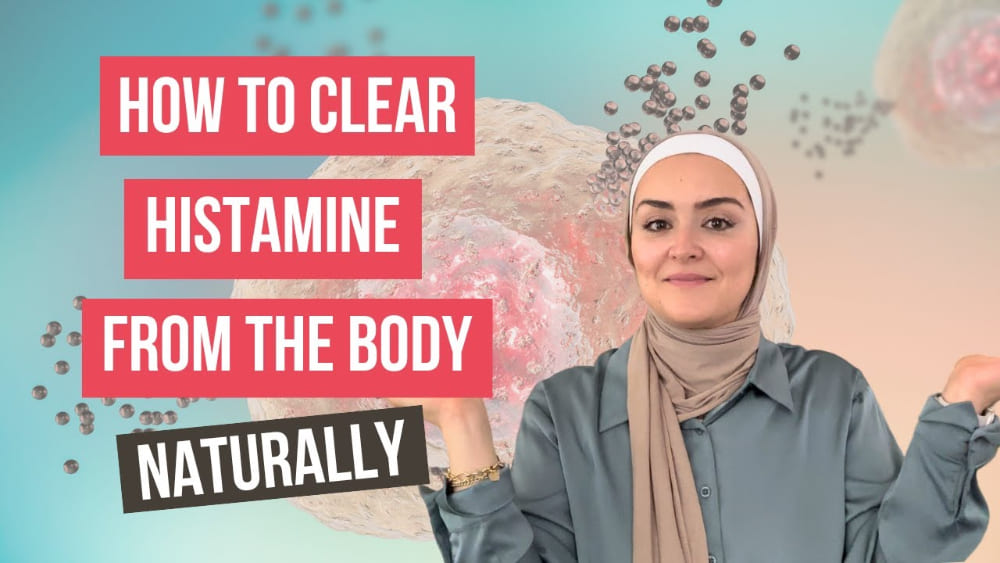Histamine and Allergies
Many of us suffer from seasonal allergies, and many of these allergic symptoms are because of histamine — which might leave you wondering what foods are antihistamine?
Histamine is an essential chemical that sends signals to potential bacteria and activates the body’s defense mechanisms.
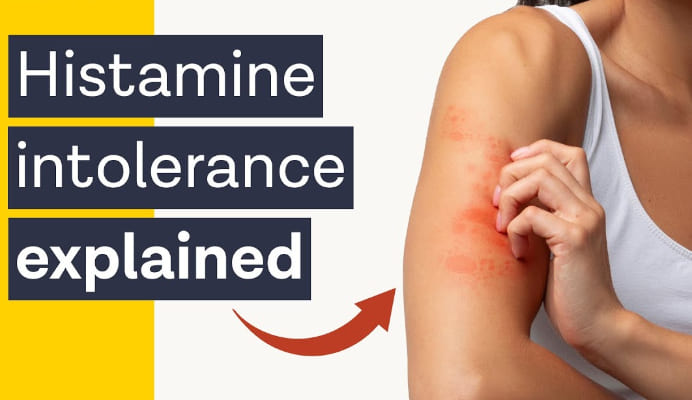
Besides its involvement in allergies, histamine plays crucial roles in digestion, regulating blood pressure, and maintaining hormone equilibrium.
However, when histamine levels are too high, allergy symptoms are often triggered by harmless substances such as dust and pollen.
Fortunately, there are many natural antihistamine foods that can reduce allergy symptoms.
Incorporating these foods can help you counteract the effects of foods high in histamine.
Antihistamine foods for symptom control
Incorporating natural antihistamine foods into a diet may be preferable to using over-the-counter or prescription antihistamines.

These medications can be effective, but they often do not fix the root cause of symptoms. They can also cause unwanted side effects like nausea or drowsiness.
That’s why I bring you five of the best foods for a low histamine diet and five foods to avoid right now.
What foods are antihistamines?
1. Bell peppers
Red, yellow, orange or green? They are all true colorful heroes in the fight against histamine! These vegetables improve the appearance of any dish. They also contain two natural antihistamines: vitamin C and quercetin.
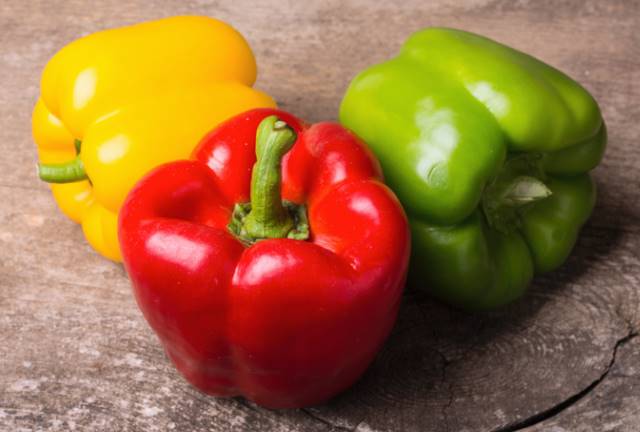
Benefits of vitamin C
This vitamin is known to boost the immune system, strengthen teeth and bones, prevent iron deficiency and offer many other health benefits.
Unlike medications and supplements that target histamine after its production, vitamin C reduces the amount of this chemical. This makes vitamin C an important part of a diet that reduces histamine.
2. Onions
Like bell peppers, onions are also a common ingredient in many foods, so they are easy to incorporate into your diet!

Quercetin serves as the main antihistamine in onions.
You can find quercetin, a plant pigment known as a “flavonoid,” in various fruits, buckwheat tea, and even red wine.
Like vitamin C, quercetin inhibits histamine release by stabilizing mast cells, which reduces allergy symptoms such as coughing, itching and runny nose.
While boiling onions produces an approximately 30% reduction in quercetin levels.
Some studies suggest that quercetin also has additional anti-inflammatory properties that may benefit people with histamine intolerance.
3. Broccoli
Broccoli is a great source of iron. Iron is important for healthy skin, hair, and nails. It also helps keep the immune system strong.

A lesser known benefit of broccoli is its ability as a natural antihistamine.
Broccoli is a great choice for a low-histamine diet. It has high levels of quercetin and vitamin C. You can enjoy it fried, steamed, or with broccoli oil.
Similarly, cauliflower is an excellent source of vitamin C and quercetin.
Researchers have also found that Brussels sprouts and parsley have similar antihistamine properties.
4. Grapes
Red grapes are rich in vitamin C and quercetin. Although other berries such as strawberries and raspberries also offer substantial amounts of these natural antihistamines, they are classified as “histamine releasers,” meaning they can stimulate histamine production and release in the body.
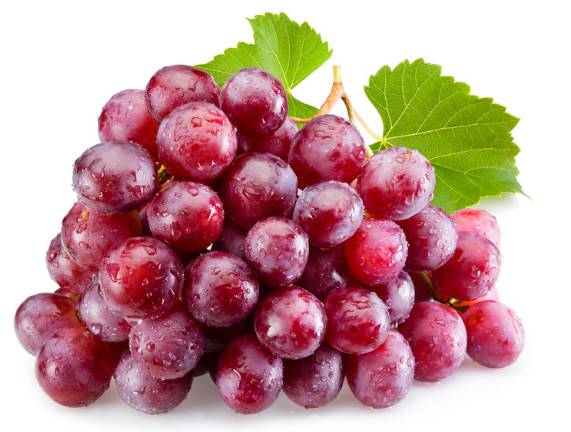
Fortunately, grapes provide natural antihistamine benefits without increasing histamine, making them a much safer choice for a low-histamine summer picnic than strawberries or raspberries.
Even turned into wine, grapes retain their antihistamine properties, although, of course, it is healthier to eat them natural.
It is important to remember that people may react differently to these fruits. This depends on their individual microbiome and sensitivity.
5. Apples
Many fruits can have unpredictable effects on histamine production. For example, citrus fruits, berries, and pineapple provide vitamin C and quercetin, two natural antihistamines, but they also increase histamine production.

If you are looking for a fruit that provides all the antihistamine benefits without this complication, apple is an excellent choice.
With particularly high levels of quercetin in its peel, it is a good complement to a low histamine diet.
In addition, apples are a safe and recommended choice for people following elimination diets for suspected histamine intolerance.
If you are designing an adapted diet, you can also check the foods to avoid in an antihistamine diet.
Causes of Histamine Intolerance
If you think histamine is the cause of your discomfort, it’s time to investigate because there is no magic test.

Sometimes the body has more histamine than it can handle. This can happen because it is released in excess or because it is not eliminated well, it is as if the internal cleansing system is sluggish.
When this happens, histamine builds up and can cause discomfort such as allergies, migraines or digestive problems, even without a true allergy.
To check, the first step is to rule out other causes, such as infections, autoimmune diseases or hormonal problems.
Five histamine-rich foods to avoid
1. Cheese
The worst types of cheese for a low-histamine diet are older or higher salt content cheeses, such as Parmesan, Gouda and Gorgonzola. Cheeses such as mozzarella, ricotta, mascarpone and cottage cheese can probably be enjoyed in moderation as part of a low histamine diet.

Dairy products are often high in histamine. Milk is not good for a low-histamine diet. Fermented foods also produce histamine.
2. Dried, smoked or cured meats
You can include fresh meats like chicken or turkey in small amounts on a low histamine diet. However, it is best to avoid meats like ham, bacon, and bologna. This is because the drying, smoking and curing processes of meats increase histamine levels.

3. tomatoes
Although tomatoes are not naturally high in histamine, they stimulate its release in the body. Whether raw, cooked or in sauces such as ketchup, tomatoes are not ideal for a low histamine diet. Unfortunately, they are notorious for their histamine-releasing effect.

4. Avocado
Avocados are a great source of many vitamins, like vitamin C, magnesium, potassium, and omega-3s. However, they also have very high levels of histamine.
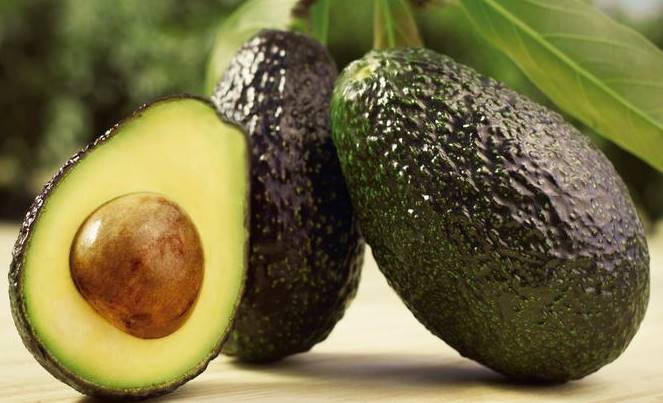
5. Pickled vegetables
Fermentation can create bacteria that produce histamine. If you want to keep a low histamine diet, it’s best to avoid or limit fermented foods and drinks.
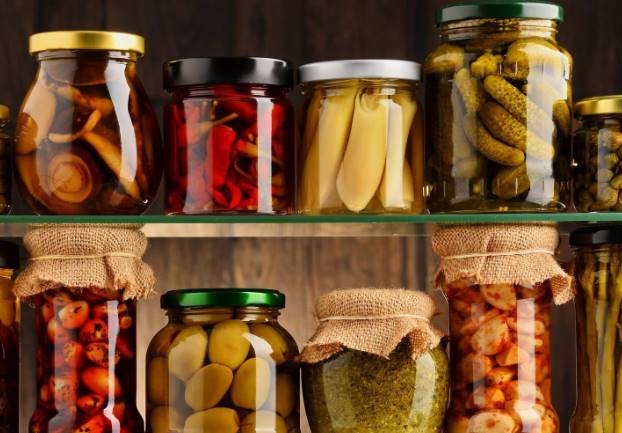
In addition to this, vinegar is particularly rich in histamines, which means that pickled vegetables such as cabbage, sauerkraut and kimchi are some of the worst dietary choices if you suffer from histamine intolerance.
If you are looking for ideas for a low histamine diet, we have suggestions to inspire you.
And if you have any doubts about coffee or tea, don’t miss this analysis: Is caffeine high in histamine?

